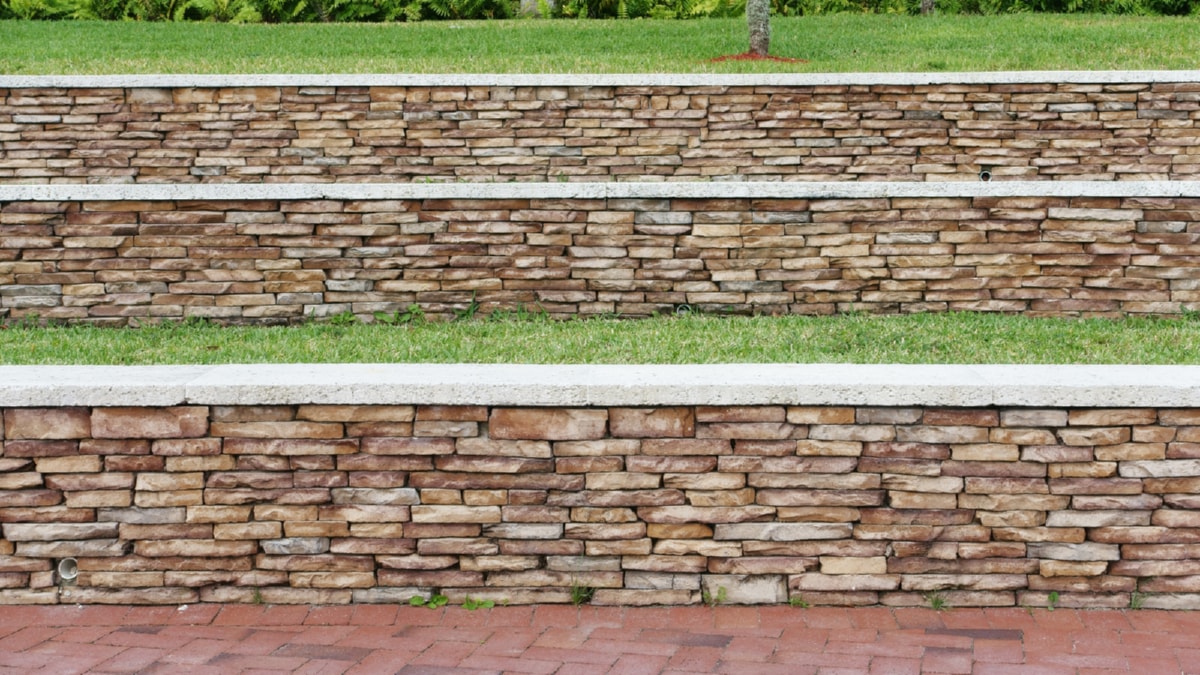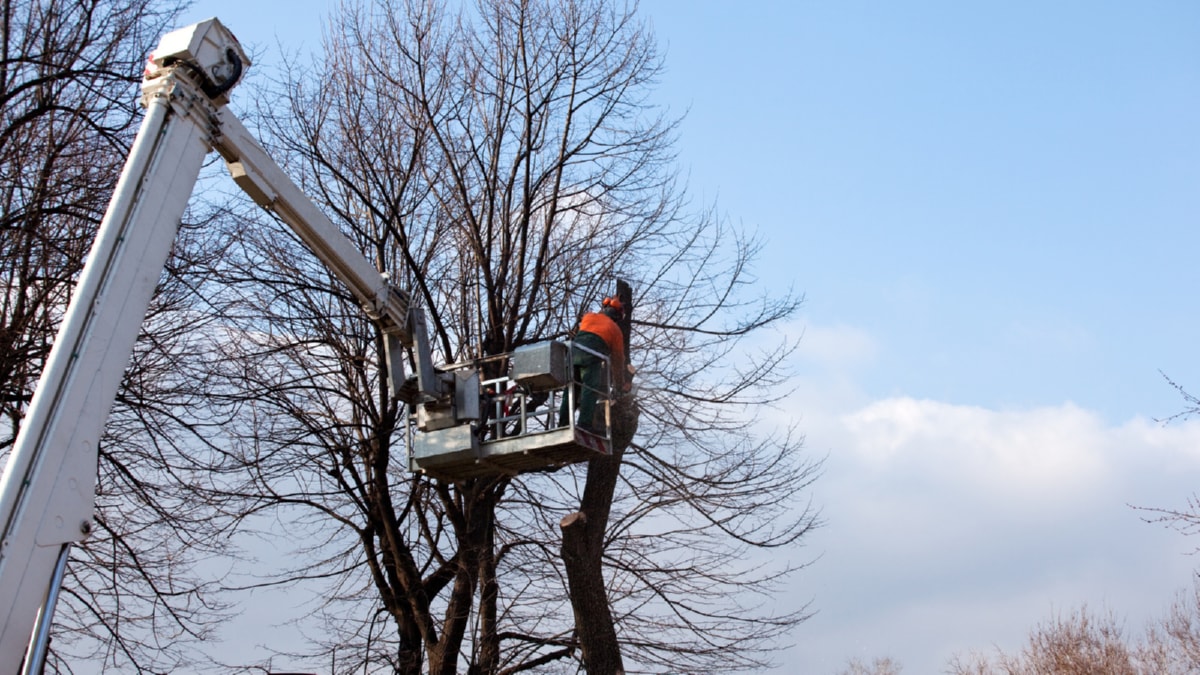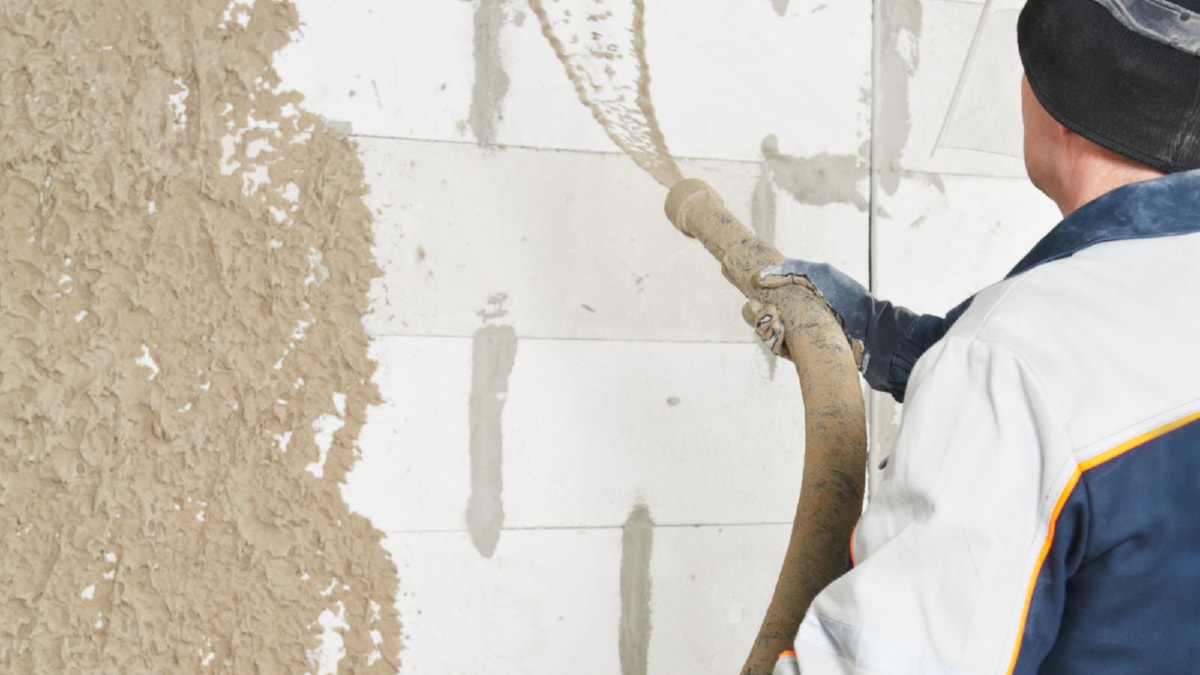Understanding the Basics of Commercial Construction
Commercial construction is related to the building of commercial properties, such as offices, retail outlets, restaurants, and other business establishments. This type of construction demands extensive planning, a comprehensive design process, and a meticulous execution. It differs greatly from residential construction due to the size of the projects, the type of materials used, and the rules that need to be adhered to.
One of the key components of commercial construction is the planning stage. This involves studying the market, understanding the needs of the client, and coming up with a design that fulfills these requirements. The planning stage also includes securing the necessary permits and ensuring that the project complies with all applicable building codes and regulations.
A further vital factor in commercial construction is the design process. This includes architectural design, interior design, and landscape design. The significance of a well-thought-out design cannot be overstated, as it can influence the functionality, sustainability, and aesthetic appeal of the building.
Finally, the execution stage of commercial construction is where the plans and designs are implemented. This involves a team of skilled professionals, including construction workers, engineers, and architects, who work together to construct the building according to the approved plans.
Technological Advancements Reshaping the Construction Sector
The construction industry is constantly evolving, and new technologies are emerging that are revolutionizing the way buildings are constructed. An example of such innovation is Building Information Modelling (BIM), a digital representation of physical and functional characteristics of a facility. It helps in enhancing the planning, design, and construction of buildings.
Another significant innovation is the use of drones in construction. Drones can be used for surveying construction sites, capturing aerial photographs, and overseeing the progress of construction projects.
Additionally, 3D printing is becoming increasingly popular in the construction industry. It allows for rapid and effective construction of complex architectural designs, and can substantially cut down construction times and costs.
These innovations are not only improving the efficiency of construction, but they are also making it more sustainable. By utilizing these technologies, construction companies can cut down waste, improve energy efficiency, and construct more sustainable buildings.
For more details, check best Clean & Seal Tarmac Kildare Galway Limerick Mayo Offaly or visit their Clean & Seal Tarmac Kildare Galway Limerick Mayo Offalybusiness listing here.




